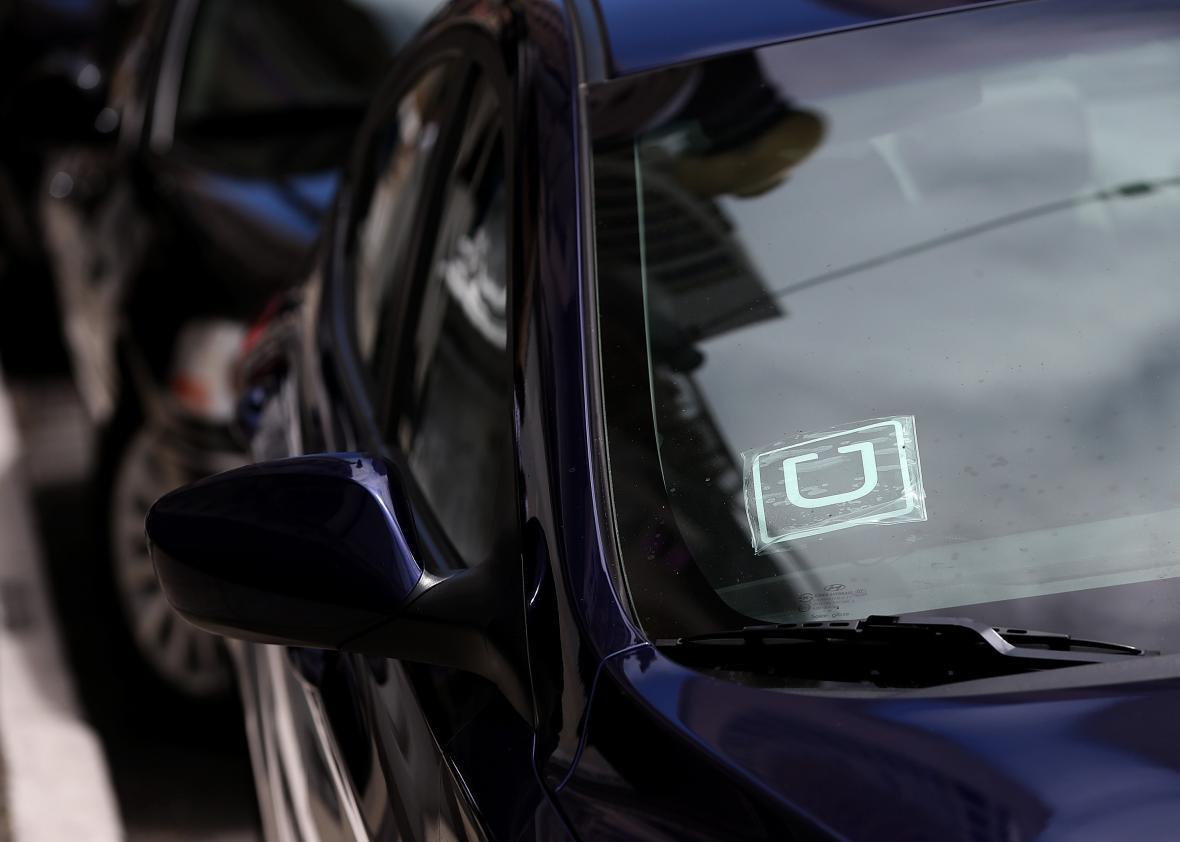Travis Kalanick, former CEO of Uber, left his position in June amid a number of scandals at the company.
Among the many issues that led up to his resignation were allegations that the company fostered an environment conducive to sexual harassment, which was detailed in a viral essay by former employee Susan Fowler; allegations it had stolen trade secrets from Google’s self-driving car division, Waymo, leading to a lawsuit; and questions about the way it had avoided law enforcement with its controversial Greyball program.
When the company’s new CEO, Dara Khosrowshahi, assumed the mantle in August, he began what the New York Times characterized as an “apology tour,” attempting to mend relationships with the customers, drivers, and government regulators. Over the past few months, Uber has been trying to reform its public image, sometimes by admitting to past bad behavior, other times by taking steps to address problems that had been ignored.
Here is a timeline of the ways that Uber has been trying to fix its image:
Dec. 12: Uber introduced a Driver Advisory Forum, which consists of a group of drivers that will fly to San Francisco biannually to give feedback to executives. This launch caps a “180 days of change” initiative to improve relations with drivers, which began in June amid the scandals that brought down Kalanick. In all, the company rolled out 38 reforms that included improvements in the rating system and the addition of a tipping feature.
Dec. 4: The company announced that it was joining a global public transport association to connect people to public transportation and make amends with transportation authorities, with whom Uber has had a combative relationship with in the past.
Nov. 21: Uber admitted to wrongdoing when its security team paid $100,000 in hush money to hackers who had stolen data on customers and drivers in 2016, which Bloomberg unveiled. In a blog post, Khosrowshahi wrote, “None of this should have happened, and I will not make excuses for it. While I can’t erase the past, I can commit on behalf of every Uber employee that we will learn from our mistakes.” Uber fired chief security officer Joe Sullivan and his subordinates who were responsible.
Nov. 20: Uber donated $1 million as part of its partnership with Meals on Wheels. This follows in a long line of high-profile donations since Kalanick’s departure, including $1.2 million to Girls Who Code in August and $5 million to organizations devoted to preventing sexual assault and domestic violence.
Nov. 7: Khosrowshahi, after two months of reviewing the company’s practices, unveiled a list of Uber’s new “cultural norms,” the overall theme of which was summed up in the entry “We Do the Right Thing. Period.” Kalanick had spelled out values that included “always be hustlin’” and “toe-stepping.”
The week of Nov. 4: Uber began testing a 24/7 hotline and a message-based customer service feature for top customers to receive faster, specialized support. The company had rolled out a similar hotline for drivers in July.
Sept. 25: After London’s transportation authority denied Uber’s application to renew its operating license, partly due to its background check practices, Khosrowshahi penned an open letter apologizing for “the mistakes we’ve made”—presumably referring to allegations that Uber had not properly handled complaints of a dangerous driver.
Aug. 29: Uber announced it would discontinue a feature from its app that tracked the location of customers for five minutes after completing a trip. Users can now choose to share their location only while using the app.
